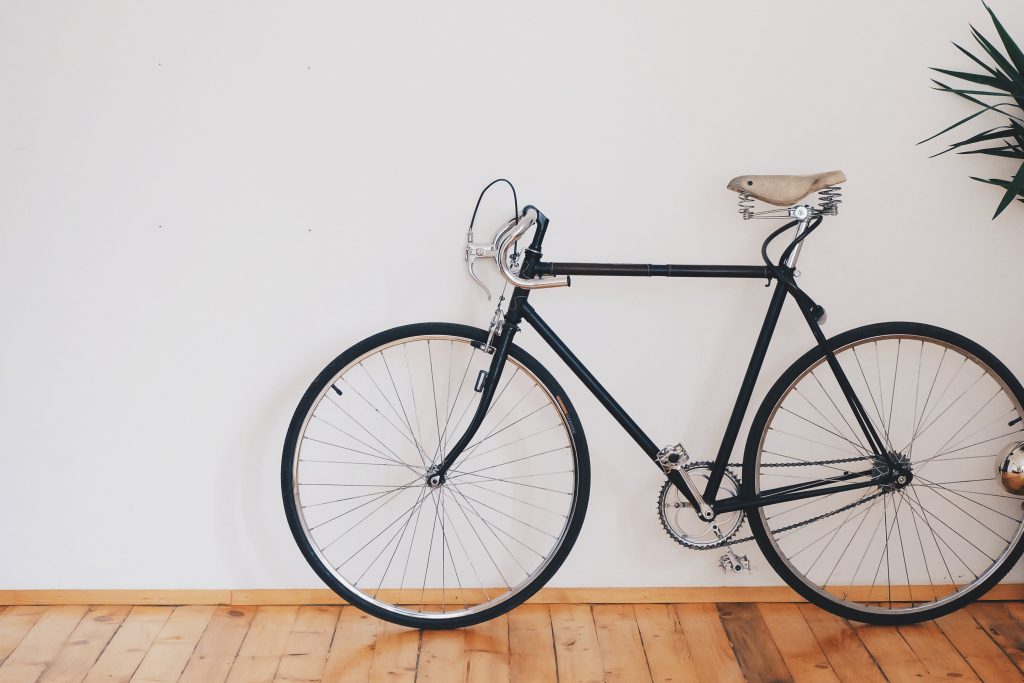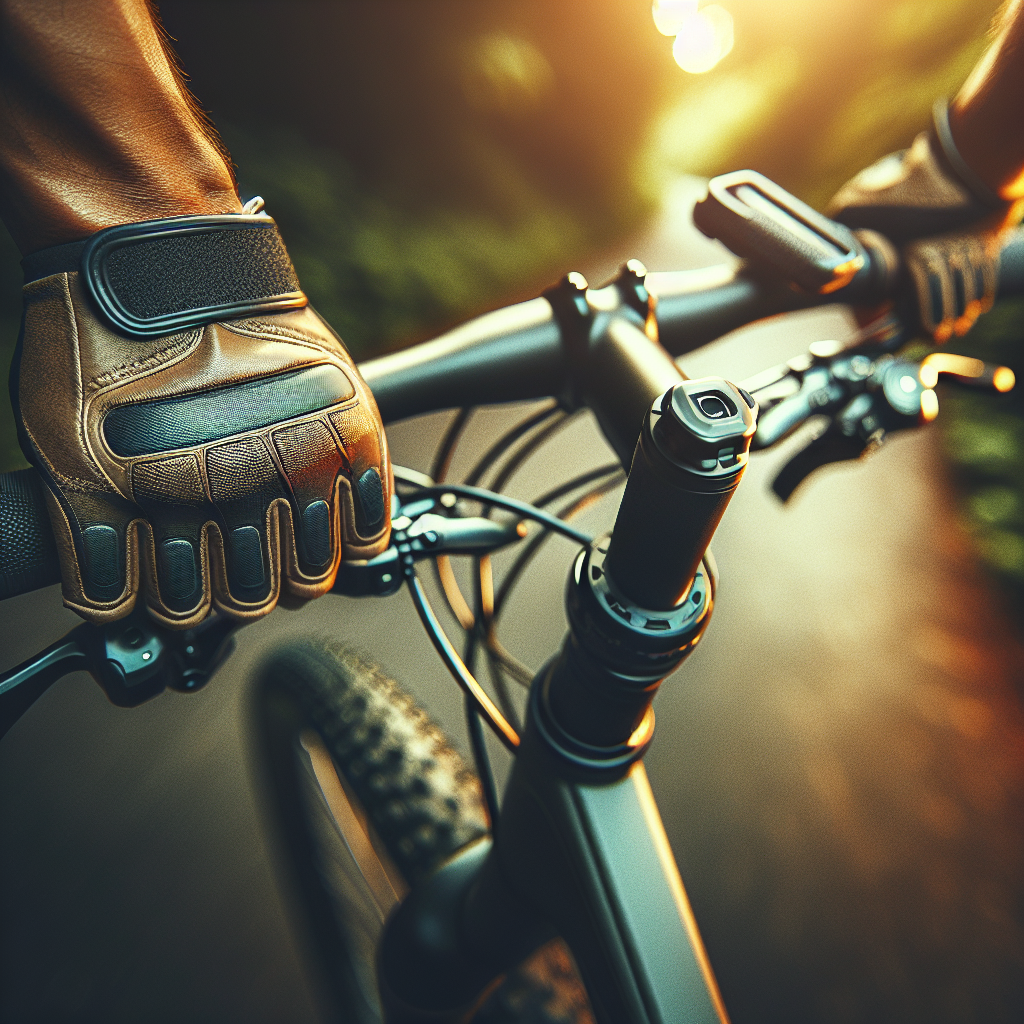Get ready to hit the road and embark on your cycling journey! Whether you’re a complete beginner or just want to brush up on your skills, these 10 cycling tips will set you up for success. From choosing the right bike to mastering basic techniques, this article has got you covered. So, grab your helmet, hop on your bike, and let’s get started on this exciting two-wheeled adventure!

Choosing the Right Bike
Choosing the right bike is crucial for an enjoyable and comfortable riding experience. Consider your riding style and purpose when selecting a bike. Are you looking for a road bike for long-distance rides or a mountain bike for off-road adventures? Understanding your preferences and needs will help you make a more informed decision.
Another important factor to consider is finding the right frame size. A bike that is too small or too big for you can result in discomfort and even injury. Visit a local bike shop and get professionally fitted to ensure that your bike’s frame size matches your body proportions.
Once you have a few options in mind, test ride different bikes to get a feel for each one. Pay attention to how the bike handles, its responsiveness, and overall comfort. Testing out different bikes will allow you to make a well-informed decision and choose the one that suits you best.
Lastly, consider the bike’s components. Look for features such as gears, brakes, and suspension that align with your riding style and terrain preferences. Ensuring that the bike’s components are of good quality and suitable for your needs will make your cycling experience more enjoyable and efficient.
Wearing the Right Gear
Investing in the right gear is essential for your safety and comfort while cycling. One of the most important pieces of gear is a good helmet. Look for a helmet that fits properly, is certified by safety standards, and provides adequate ventilation. A well-fitting helmet can protect you from serious head injuries in case of a fall or accident.
Wearing appropriate clothing is also important. Opt for moisture-wicking and breathable fabrics that keep you cool and dry during your rides. Consider wearing padded cycling shorts to enhance comfort during long rides. Additionally, choose bright and reflective clothing to increase your visibility to other road users, especially during low-light conditions.
Don’t forget to protect your eyes from the sun, wind, and debris by wearing sunglasses or goggles. This will improve your vision and prevent discomfort during your rides. Lastly, consider using cycling gloves to prevent hand numbness and provide better grip on the handlebars.
Mastering the Basics
Before you hit the road, it’s important to master the basics of cycling. Start by adjusting your saddle height to ensure optimal power transfer and comfort. Position your saddle at a height that allows a slight bend in your knee when your foot is at the bottom of the pedal stroke.
Learning how to mount and dismount your bike safely is also crucial. Practice getting on and off the bike smoothly to avoid any unnecessary accidents. Additionally, work on your balancing and steering skills to build confidence and control while riding.
Getting comfortable with gear shifting and braking is essential for a smooth and safe ride. Practice shifting gears to find the right combination for different terrains and conditions. Learn how and when to use your brakes effectively, focusing on maintaining balance and control.
Building Stamina and Endurance
Building stamina and endurance is key to enjoying longer rides and tackling challenging terrains. Start slowly and gradually increase your riding duration to allow your body to adapt. Consistency is key, so make cycling part of your regular routine.
Incorporating interval training into your rides can help improve your overall fitness and stamina. Alternate between high-intensity bursts of speed and periods of recovery to challenge your cardiovascular system. This type of training will enable you to maintain a higher pace for longer periods.
Include hill training in your rides to improve your climbing ability and leg strength. Seek out hilly routes and gradually increase the difficulty as you progress. Remember to pace yourself and use proper breathing techniques to conquer those uphill challenges.
Fueling your body with proper nutrition is essential for optimal performance and endurance. Eat a balanced diet that includes carbohydrates for energy, protein for muscle recovery, and healthy fats for sustained energy. Stay hydrated before, during, and after your rides to avoid fatigue and cramping.

Riding in Traffic and on Different Terrains
When riding in traffic, it’s crucial to follow traffic rules and signals. Obey traffic lights, stop signs, and right-of-way rules to ensure your safety and prevent accidents. Be aware of your surroundings at all times and anticipate the actions of other road users.
To increase your visibility to motorists, use lights and wear reflective gear, especially when riding during low-light conditions or at night. A front white light and a rear red light are essential to make yourself seen by others. Reflective clothing and accessories further enhance your visibility.
Learning to signal and communicate with other road users is essential for a safe and efficient ride. Use hand signals to indicate your intentions, such as turning or stopping. Maintain eye contact with drivers and always be predictable to avoid confusion.
To become a versatile cyclist, practice riding on different terrains. Seek out hills, gravel paths, and other challenging surfaces to improve your overall riding skills and adaptability. Riding on diverse terrains will enhance your balance, stability, and overall confidence as a cyclist.
Maintaining Your Bike
Regular maintenance is essential to keep your bike in optimal condition and ensure safe riding. Keeping your bike clean and lubricated will prevent rust and prolong its lifespan. A clean bike is also easier to inspect for any potential issues.
Check the tire pressure and condition regularly to ensure safe and efficient rides. Invest in a good tire pressure gauge and inflate your tires to the recommended PSI (pounds per square inch). Inspect the tires for any signs of wear, such as cracks or bulges, and replace them if necessary.
Inspecting and maintaining the chain is critical for smooth gear shifting and prevention of mechanical issues. Keep the chain clean and lubricated, and check for any signs of wear or damage. Replace the chain if it becomes worn or stretched, as this can affect the overall performance of your bike.
Regularly servicing your bike is essential for its longevity and safety. Take your bike to a professional bike shop for routine maintenance, such as gear and brake adjustments, wheel truing, and overall inspections. A well-maintained bike will provide a more enjoyable and safe riding experience.

Staying Safe on the Road
Safety should always be a priority when cycling on the road. Be aware of your surroundings and constantly scan for potential hazards. Anticipate the actions of other road users and stay vigilant at all times.
Ride predictably and avoid sudden movements that may surprise or endanger other road users. Signal your intentions clearly using hand signals and maintain a steady line of travel. Avoid weaving through traffic or making unpredictable maneuvers.
Stay alert for potential hazards such as potholes, debris, or pedestrians. Maintain a safe distance from parked cars to avoid dooring incidents. Be cautious at intersections and always make eye contact with motorists before proceeding.
Using hand signals to communicate with other road users is essential for safe riding. Signal your turns, lane changes, or stops clearly and early to ensure that other road users are aware of your intentions. Clear communication enhances overall road safety for everyone.
Joining a Cycling Community
Joining a cycling community can provide numerous benefits, especially for beginners. By finding local cycling groups or clubs, you can connect with like-minded individuals and share your passion for cycling. These groups often organize group rides and events that allow you to further improve your skills and explore new routes.
Participating in group rides or events is a great way to challenge yourself and push your limits. It provides an opportunity to learn from experienced cyclists and gain valuable insights into techniques, routes, and gear. Group rides also foster a sense of camaraderie and support, as you motivate and encourage each other along the way.
Experienced cyclists within the community can serve as mentors and provide guidance as you progress in your cycling journey. Don’t hesitate to ask questions, seek advice, and learn from their years of experience. Sharing your own experiences and knowledge can also contribute to the growth and development of the community as a whole.

Improving Cycling Efficiency and Technique
To enhance your cycling efficiency and technique, focus on your pedaling technique. Aim for smooth and circular pedal strokes, engaging both the downstroke and upstroke. This will maximize your power output and reduce unnecessary fatigue.
Practice drafting, which involves riding closely behind another cyclist to reduce wind resistance. Drafting allows you to conserve energy and maintain a faster pace. However, always communicate with the cyclist in front to ensure a safe and coordinated ride.
Experiment with cadence, which refers to the number of revolutions per minute (RPM) of your pedal strokes. Different cadences may be more suitable for different terrains and riding styles. Find a cadence that feels comfortable and efficient for you.
Consider taking cycling classes or lessons to improve your technique and learn advanced skills. Professional instructors can provide personalized guidance and feedback to help you become a more efficient and confident cyclist.
Listening to Your Body
Listening to your body is essential for a safe and enjoyable cycling experience. Pay attention to your comfort and body position while riding. Adjust your saddle, handlebar position, and overall bike fit as needed to ensure a comfortable and ergonomic riding position.
Take rest days and listen to your body’s signals. Cycling can be physically demanding, and overtraining can lead to fatigue and injuries. Incorporate rest days into your training schedule to allow your body to recover and avoid burnout.
Stretch and warm up before each ride to prepare your muscles and prevent injuries. Dynamic stretches, such as leg swings and shoulder circles, help improve mobility and flexibility. A warm-up ride at an easy pace allows your body to gradually adjust to the activity ahead.
Address any discomfort or pain early on. If you experience persistent pain or discomfort while riding, consult a healthcare professional or a bike-fit specialist. They can help identify and address any underlying issues that may be affecting your cycling experience.
By following these tips and constantly striving to improve, you’ll be well on your way to becoming a confident and skilled cyclist. Enjoy the journey, embrace the challenges, and have fun exploring the world on two wheels!



